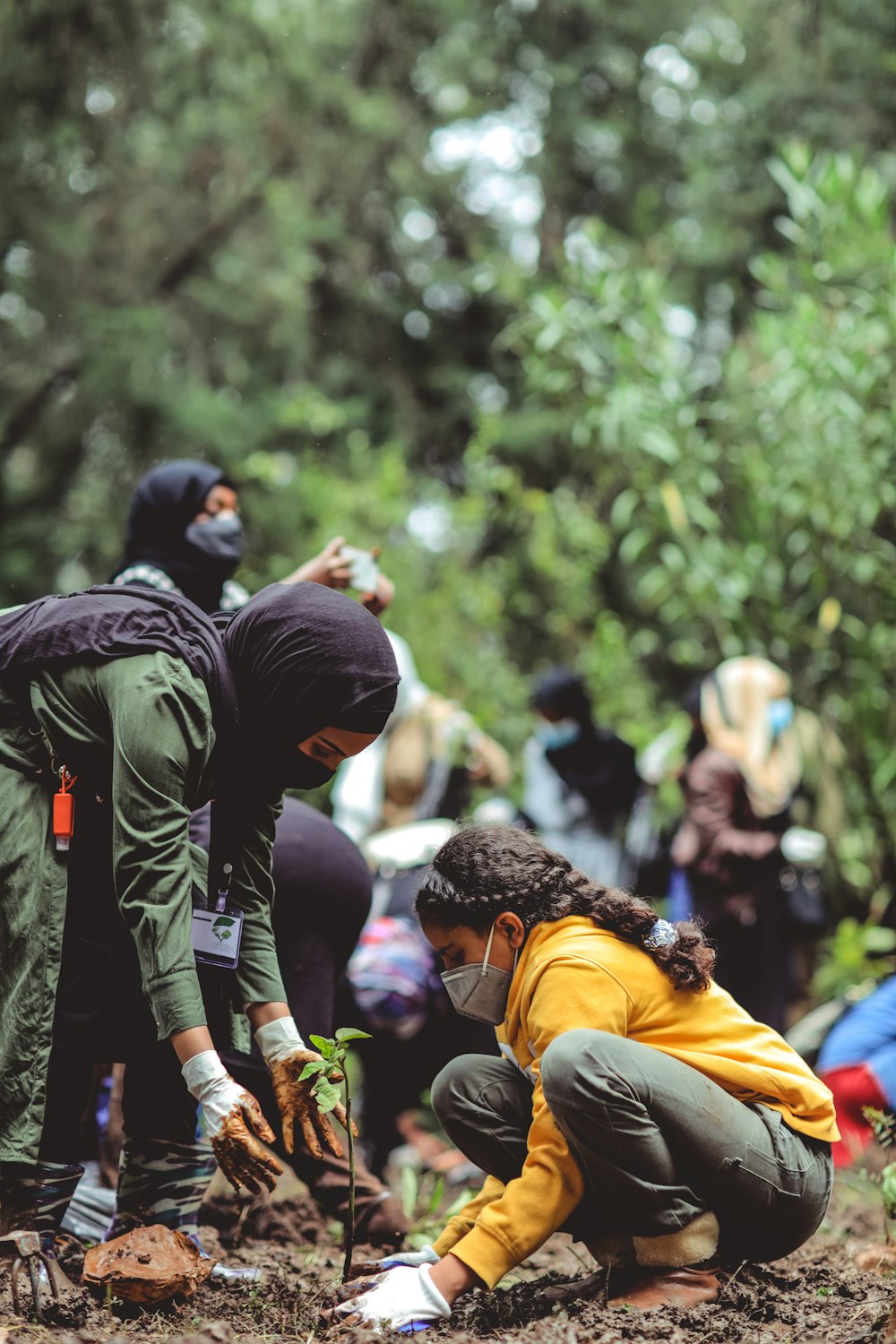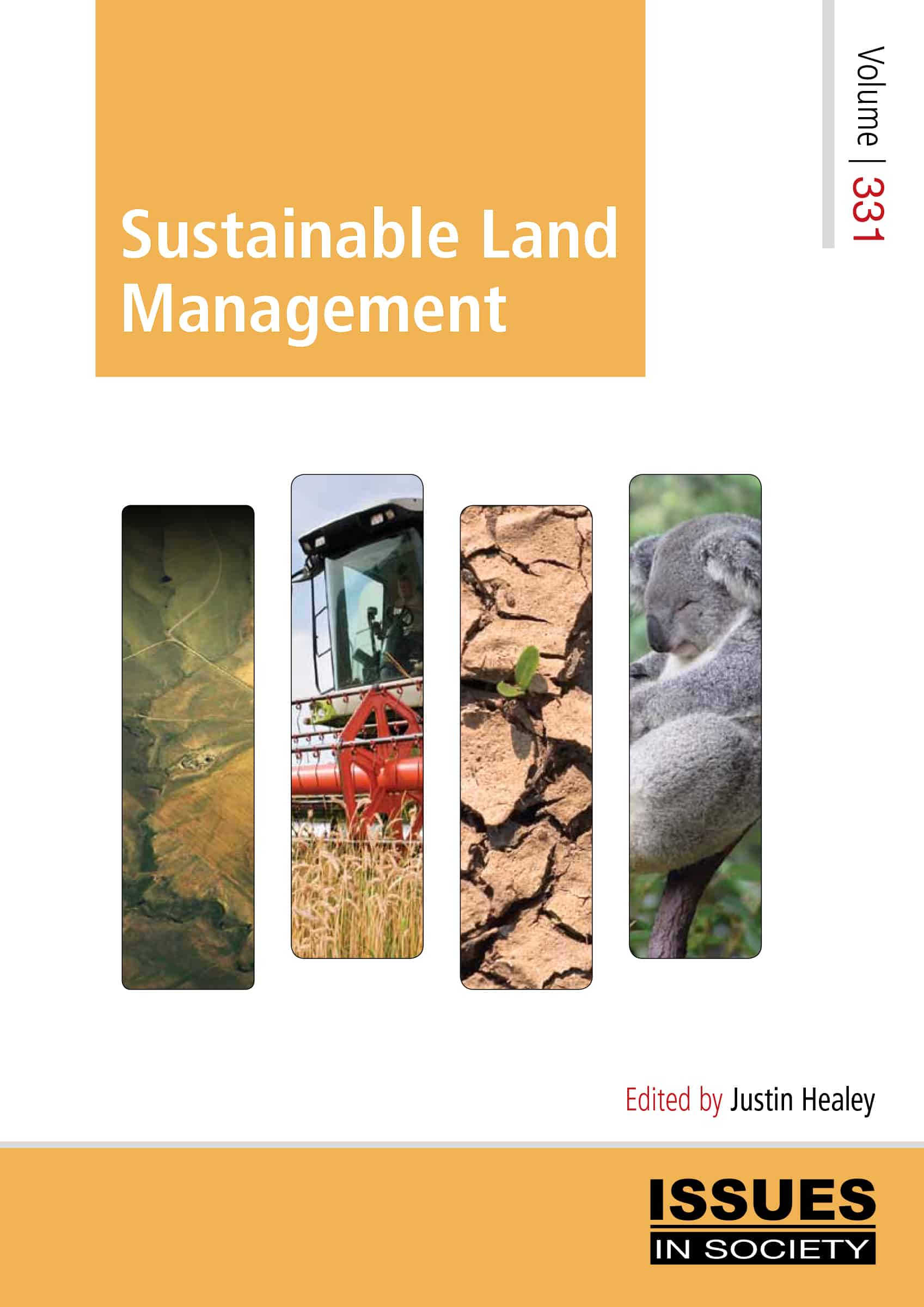



Land degradation is a process in which the value of the biophysical environment is affected by a combination of human-induced processes acting upon the land. Land degradation has a number of negative consequences. Read through the resources below to learn more about land degradation and its impact, as well as land management and how it can be done sustainably.
Land degradation is caused by multiple forces, including extreme weather conditions, particularly drought. It is also caused by human activities that pollute or degrade the quality of soils and land utility. It negatively affects food production, livelihoods, and the production and provision of other ecosystem goods and services. Desertification is a form of land degradation by which fertile land becomes desert. Read through this article to learn more.
Land degradation affects people and ecosystems throughout the planet and is both affected by climate change and contributes to it. Land degradation adversely affects people’s livelihoods (very high confidence) and occurs over a quarter of the Earth’s ice-free land area (medium confidence). The majority of the 1.3 to 3.2 billion affected people (low confidence) are living in poverty in developing countries (medium confidence). Read through this report to learn more.
Soil is the earth’s fragile skin that anchors all life on Earth. It is comprised of countless species that create a dynamic and complex ecosystem and is among the most precious resources to humans. Increased demand for agriculture commodities generates incentives to convert forests and grasslands to farm fields and pastures. The transition to agriculture from natural vegetation often cannot hold onto the soil and many of these plants, such as coffee, cotton, palm oil, soybean and wheat, can actually increase soil erosion beyond the soil’s ability to maintain itself. Read through this website to learn more.
Read through this website to fin a number of resources about land degradation and management in Victoria.
Nature is critical to our survival: nature provides us with our oxygen, regulates our weather patterns, pollinates our crops, produces our food, feed and fibre. But it is under increasing stress. Human activity has altered almost 75 per cent of the earth’s surface, squeezing wildlife and nature into an ever-smaller corner of the planet. Read through this website to learn more about how the United Nations plans to combat land degradation.
More than 3.2bn people are already affected and the problem will worsen without rapid action, driving migration and conflict. Read through this article to learn more.
Land management practices describe the way that land is managed - the means by which a land use outcome is achieved. Read through this website to learn more about how the Australian Collaborative Land Use and Management Program (ACLUMP) uses data to inform land management strategies.
Australia’s population is concentrated along the eastern, south-eastern and south-western coastal fringes. To many living in these areas, the daily experience is one of dense urban, industrial and residential zones, fringed by intensive horticulture and agriculture, human-made water bodies and perhaps production forestry. Yet cities account for less than 0.2 per cent of Australia’s land area (Table LAN2). The dominant land use, in terms of extent, is livestock grazing of native vegetation (44.9 per cent); grazing of modified pastures accounts for another 9.2 per cent. Nature conservation and other forms of protection, together with minimal use, are the principal use for 38.2 per cent of Australia’s land area. Dryland cropping is practised on 3.6 per cent of the land area. Read through this website to learn more about land use and management.
Government land is an important asset for all Victorians. It supports the delivery of essential government services, protects sites of environmental and cultural value and provides opportunities for community and recreational uses. The Victorian Government currently holds approximately 8.8 million hectares of land across Victoria. Most of this is Crown land reserved for national parks and state forests. Read through this website to learn about land management in Victoria.
Information on Australian agricultural businesses management practices, including soil enhancers, fertiliser use, cropping and pasture management.
Parks Victoria manages a diverse and representative network of parks that are home to more than 4,300 native plant species and 948 native animal species. Read through this website to learn more about their land management practices.
This article looks at how land management in Australia can be used to combat climate change.
With drought ravaging Australia’s eastern states, much attention has been given to the need to provide short-term solutions through drought relief. But long-term resilience is a vital issue, particularly as climate change adds further pressure to farmers and farmland. This article looks at how land management can ease the effects of drought.
The world’s coral reefs are both beautiful and rich in biodiversity, supporting a number of marine species. However the negative effects of climate change and human activity have begun to take their toll on these delicate ecosystems, with coral bleaching, damaged structures and the loss of species already occurring. Though there are many issues threatening the health of coral reefs, for those that have grown near the shore, sedimentation is a major problem. Read through this article to learn more.
Read through this article to learn about the Environmental Stewardship Program (ESP). It was a market-based agri-environment program that ran between 2007 and 2012, which funded farmers to conserve threatened ecosystems on their property. Land managers were given contracts for up to 15 years to deliver results. Overall, 297 land managers will receive about A$152 million over roughly 18 years to implement their conservation management plans. The last of these contracts will end in 2027.
Land degradation can take many forms, but always entails a serious disruption of a healthy balance between five key ecosystem functions. These are: food production; fibre provision; microclimate regulation; water retention; and carbon storage. At its worst, land degradation can result in the desertification or abandonment of land (or both). Protracted drought and loss of fertile land may have been contributing factors in the wars in Sudan and Syria. Read through this article to learn more.
Today, nearly 1.3 billion people – almost a fifth of the world’s population - live on “fragile” agricultural land. Just one-third of the rural poor in developing countries live on productive agricultural land. Fragile land is the main challenge facing environmental sustainability and poverty eradication in the developing world. But a solution could come from Australia: carbon farming. Read through this article to learn more.
The 50th session of the Intergovernmental Panel on Climate Change (IPCC-50) has released the Special Report on Climate Change and Land (SRCCL), addressing land as a critical resource, desertification and land degradation, food security, and land and climate change responses. The report represents the first-ever comprehensive look at the whole land-climate system. It is also the first IPCC report to take a more systemic approach to a sector or area (the food system). Read through this to learn more.
We have known for years that the contribution made by our land choices--agriculture, deforestation, and land conversion--to climate change is enormous, accounting for nearly one quarter of total greenhouse gas emissions. Global warming, meanwhile, adds stress to land systems – driving higher temperatures and changing rainfall patterns, contributing to wildfires and tree mortality; stunting crop yields and helping disease and pests spread to new areas; and thawing permafrost, releasing yet more greenhouse gases. In short, land and climate change are inextricably linked, and this linkage is essential for people and livelihoods. Read through this article to learn more.
The UN is helping to enhance climate-resistance in vulnerable communities, through the introduction of improved farming techniques, development projects and better land management and development projects, all with an emphasis on strengthening resilience and adaptive capacities. Read through this website to learn more.
Desertification has been described as “the greatest environmental challenge of our time” and climate change is making it worse. Read through this article to learn more.


 Sustainable land management
by
Sustainable land management
by